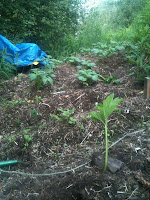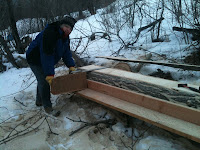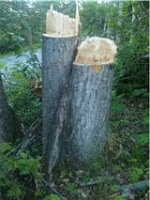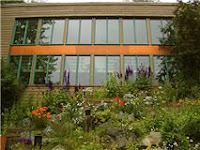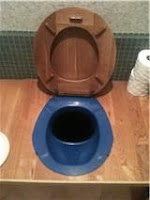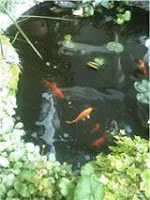New Schedule
For the past four weeks I have been trying to write this blog at a pace of five entries per week. Actually, I don't have adequate time to do quality work at that pace, so I am going to slow it down. This week, for instance, I am attending meetings in Indianapolis, so I won't have much time to write. When I am traveling, which is about a third of the time, I probably won't be writing entries. When I am home I hope to write about every other day. One day to think about what I am writing and one day to write. I'll try that one for a while. See you next week!
